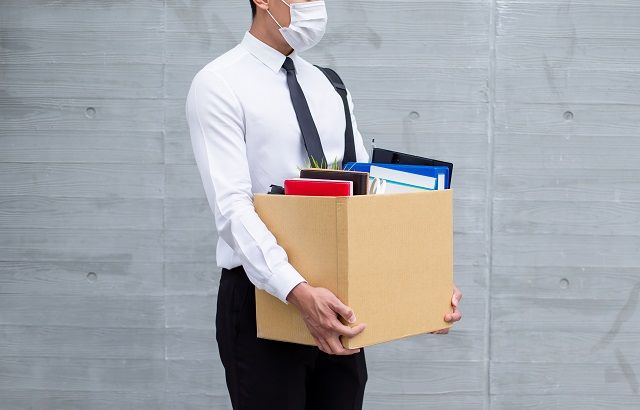Labour costs per hour within the euro and European Union areas rose by 1.5% and 1.7%, respectively, between Q1 2020 and Q1 2021, according to the latest statistics from Eurostat.
Released this week, the numbers show a markedly lower rate of growth compared to Q4 2020. Then, hourly labour costs rose 2.8% and 3.2%, compared with Q4 2019.
In releasing the figures, Eurostat broke down labour costs into two components: wages and salaries, plus non-wage costs. In the eurozone, wage and salary costs grew 2.2% in Q1 2021, while non-wage costs fell 0.9% in comparison to Q1 2020.
Across the EU, over the same period, wages and salaries increased by 2.6% between Q1 2020 and Q1 2021, with the non-wage component decreasing 1.0%.
Wide disparity
Eurostat commented: “In both the EU and the euro area, the non-wage component moderated the growth in hourly labour costs, in particular due to the tax reliefs and subsidies granted by EU governments to support enterprises affected by the crisis.”
There was a wide disparity across industries. In the eurozone, the non-business economy saw hourly labour costs growing by 2.3%, with the business economy only seeing a 1.4% jump. In the EU, the arts saw the largest jump, up 8.3% between Q1 2020 and Q1 2021, although this was lower than the 10.8% reported between Q4 2019 and Q4 2020.
A slowed growth in labour costs comes among a mediocre bump in the number of new jobs across much of the world. In France, unemployment fell 0.4% in Q1 2021, while Germany maintained a steady 6% unemployment rate for the three months leading up to March. Other countries, such as Latvia, have seen average gross salaries jump 9.5% in a year.
Eurostat also released statistics this week that showed that the job vacancy rate has reached 2.1% in the eurozone and 2% within the EU. The highest rates were in Czechia, (5%), Belgium (3.5%), and the Netherlands (3%).







